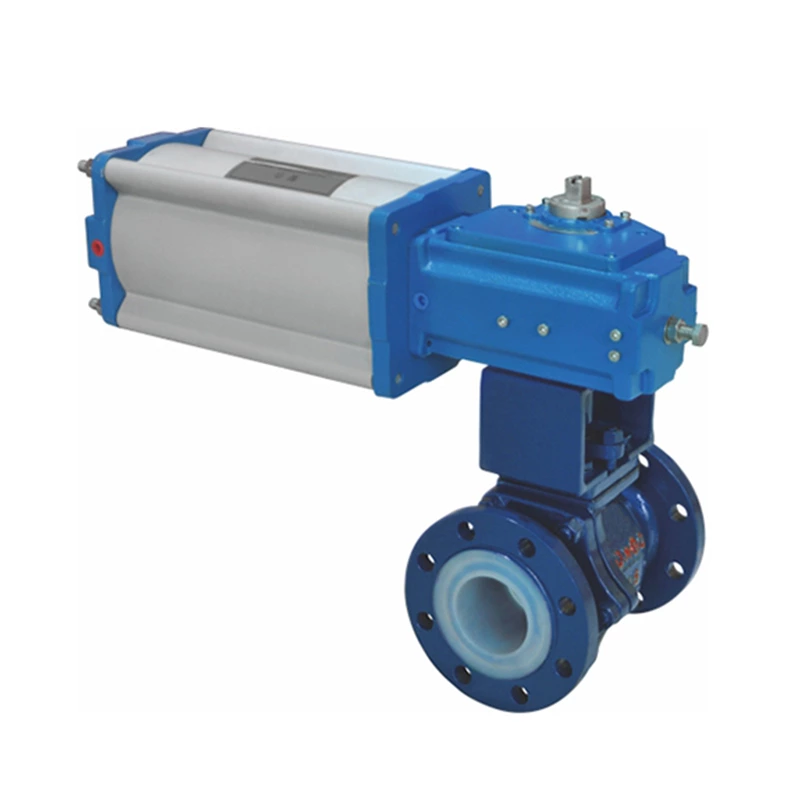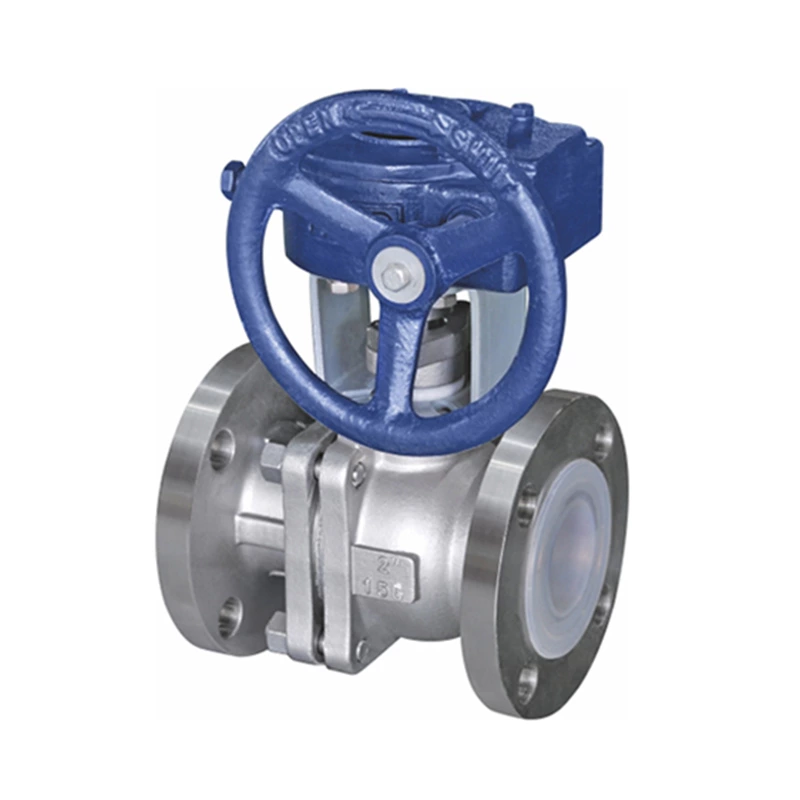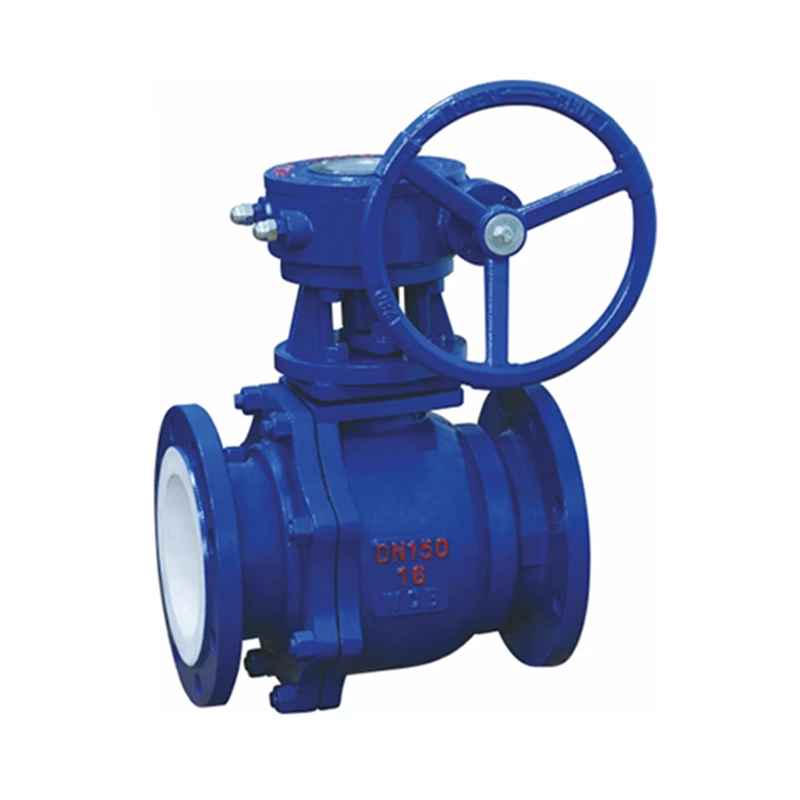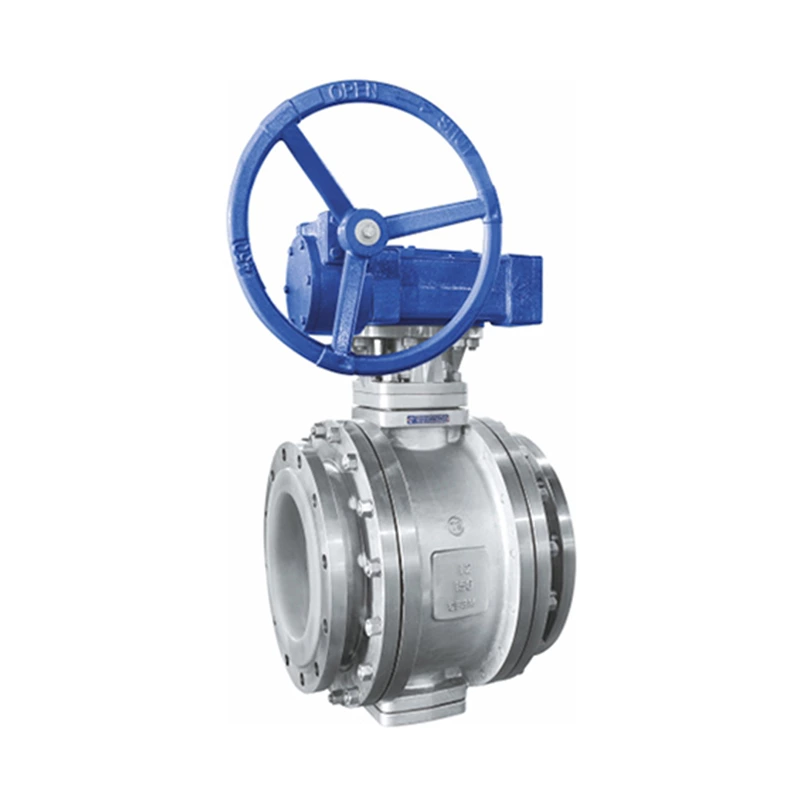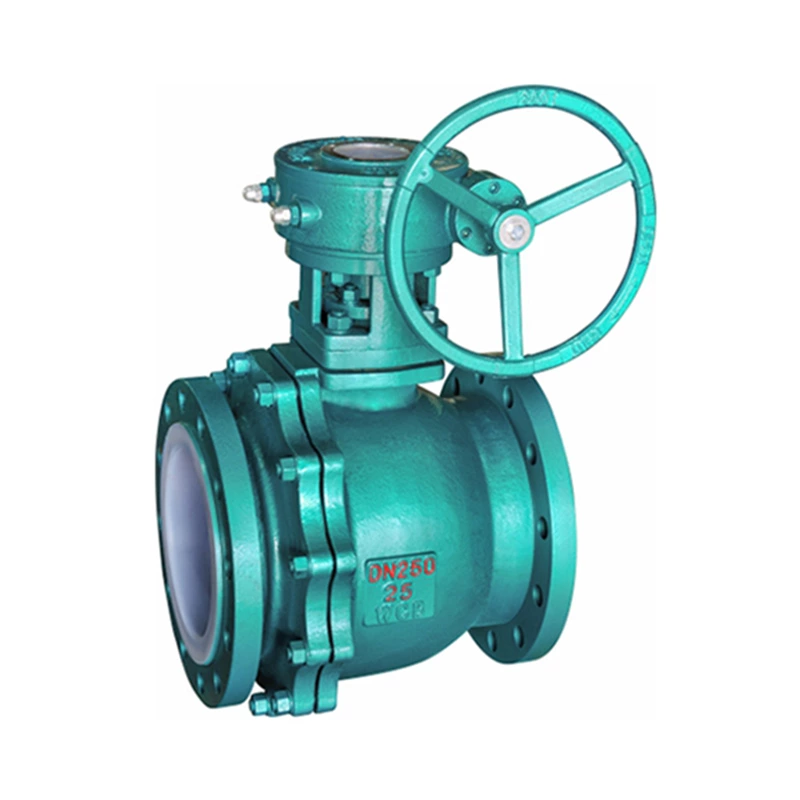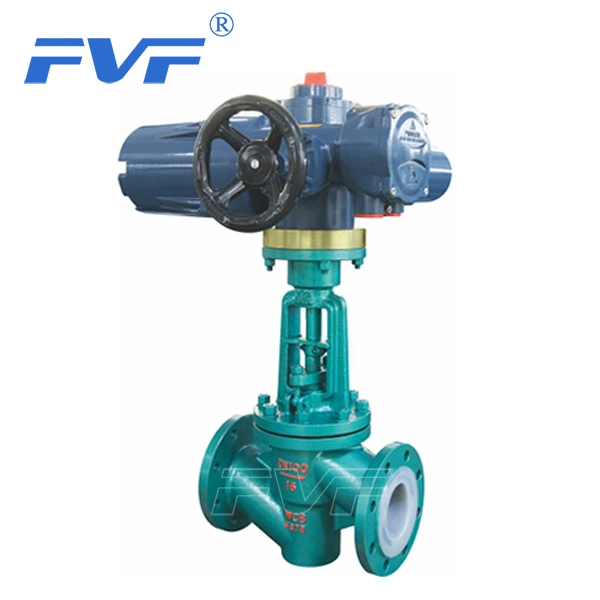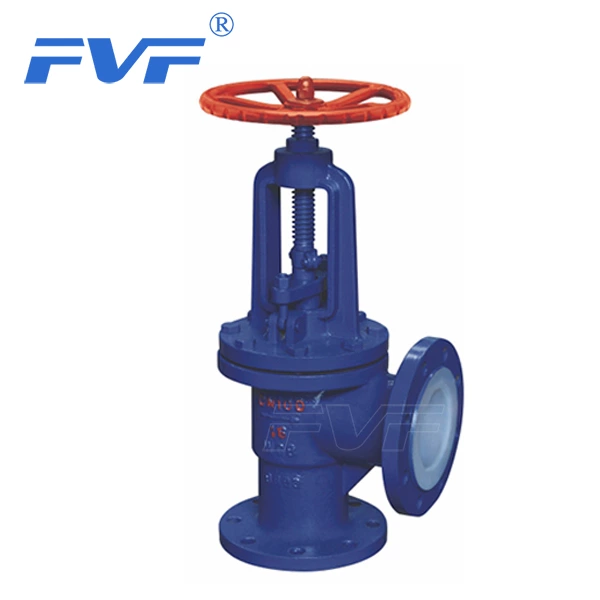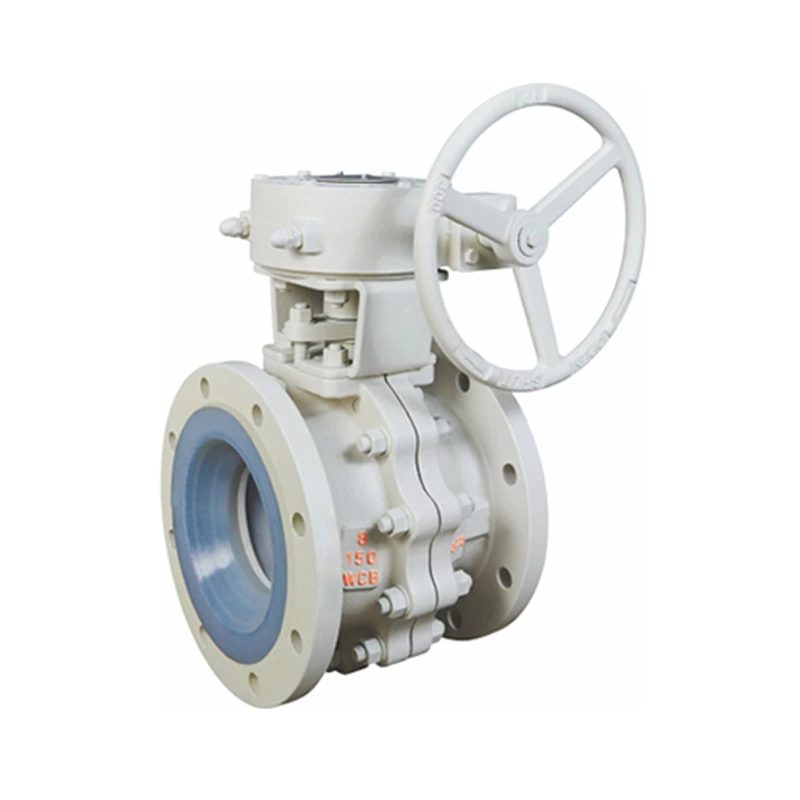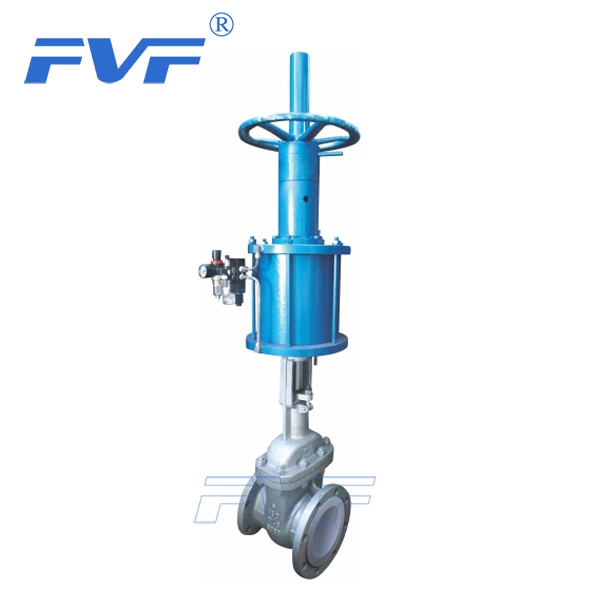Design And Analysis Of Pipeline Ball Valve
Lined Ball Valve is based on the needs of users. In order to meet the requirements of anti-sulfurization stress cracking in a sulfidation environment, we strictly follow the relevant standards of the American Association of Corrosion Engineers NACE in design, material selection, manufacturing, testing, surface treatment and painting. The pipeline ball valve series not only has a wide range of material choices, but also the internal materials are all nickel-plated or 316, and the sealing rings are made of special polymer materials. Alloy steel valves are not only corrosion-resistant and anti-sulfurized, but also have strong capabilities, fireproof, anti-static, and good sealing performance. They are suitable for a wide range of pressure and temperature, and are available in full-bore and reduced-bore. They can also be equipped with a variety of drive devices. They are ideal valves for chemical, petroleum refining, and natural gas extraction and transportation systems.
For China, pipeline ball valves are in their golden age. China, which accounts for 1/4 of the world's population, had less than 20,000 kilometers of long-distance pipelines in 2000, less than 1% of the global pipelines. After 2000, it has achieved rapid development. By 2009, it had 80,000 kilometers of long-distance pipelines, accounting for 2.5% of the world's total, including 31,000 kilometers of gas pipelines and 29,000 kilometers of oil pipelines. There are more than 20,000 pipeline ball valves in service online.
In the design and manufacture of pipeline ball valves, the emphasis on safety and reliability is never excessive. And this concept should be implemented in the entire process of ball valve product design, process specifications, parts processing, type testing, product testing, quality control, and after-sales service. Whether it is a long-distance pipeline or an urban pipeline network, it is an energy supply line and a national economic lifeline. The global underground oil and gas pipelines and pipeline networks, like the ground transmission and distribution network, are the foundation for the survival of urban industry and civil use. Without this energy supply line, the functions of modern cities will stop immediately.
1 The design of the valve body can be divided into fully welded valve body design and split valve body design.
The fully welded valve body is designed with a cylindrical structure and a spherical structure. The cylindrical structure is a double weld, with large heat input during the welding process, complex residual stress, and large axial and radial deformation. The spherical structure is spliced with four welds. Now, due to the advancement of process technology, the left and right valve bodies are hot forged and formed, and the middle single weld can be welded to reduce line energy input and reduce axial and radial deformation.
The split structure is generally composed of a valve body and left and right connectors. The connector and the valve body are connected by bolts. The thickness of the connecting flange and the connection strength of the bolts should be designed by analogy with the flange with the same inner diameter as the valve body. The connection strength must prevent the pipeline stress from causing the connection to be loose and causing the seal to fail. The valve body and the connector are in face-to-face contact with no gap in the middle. The seal must meet the fire safety requirements and is sealed by a combination of rubber O-rings and wound metal gaskets. The material of the valve body is forgings. ASTM A105 is used for temperatures above -29C°; ASTM A350 LF2 is used for temperatures below -29C°. For welded valve bodies, there should be special restrictions on the chemical composition, carbon content, carbon equivalent, and sulfur, phosphorus and other elements of A105 or LF2 materials. Forgings are accepted according to the third-level forging standards, and 100% non-destructive testing is performed. Color inspection and ultrasonic testing are performed on the welds.
The valve bodies of gas pipeline ball valves are mostly made of A105 and ball A105N. The valve bodies of oil pipeline ball valves are mostly made of A105 and ball 316.
2 The sealing seat and the sealing valve seat adopt a combined sealing structure, that is, the initial "seal" of metal to metal to block the entry of solid particles; soft seals such as rubber, PTFE plastic, nylon, PEEK, etc. are used as secondary seals to ensure zero leakage. However, due to the damage to the soft sealing material caused by the accidental introduction of foreign matter in the pipeline, pipeline ball valves are equipped with an emergency sealant injection system to obtain temporary sealing requirements.
The rubber rings used for sealing are round, triangular or other special shapes. Valve companies have their own design structures and process measures to prevent the rubber ring from being blown out or cut during the switching process. For Class 900 and above, materials with explosion-proof decompression (AED) characteristics should be selected as O-ring materials. PTFE sealing rings generally adopt a cylindrical inlaid structure, and can also be made into a barbed combined structure, aiming to ensure that the sealing ring is not blown out and cause sealing failure.
The sealing seat material is the same as the valve body material, chemically nickel-plated, and spring-loaded to ensure the initial sealing pressure ratio. The spring can be a spiral spring, a leaf spring or a disc spring, and the material is Inconel X-750.
The inlet and outlet valve seats adopt a symmetrical two-way sealing design. This piston-type medium self-sealing structure can be designed into a "single piston effect" (Single piston action), a pressure self-releasing sealing seat structure and a "double piston effect" (Double Piston effect) double sealing structure according to customer needs. The single piston effect means that the inlet end is sealed and the outlet cavity pressure is automatically discharged.
